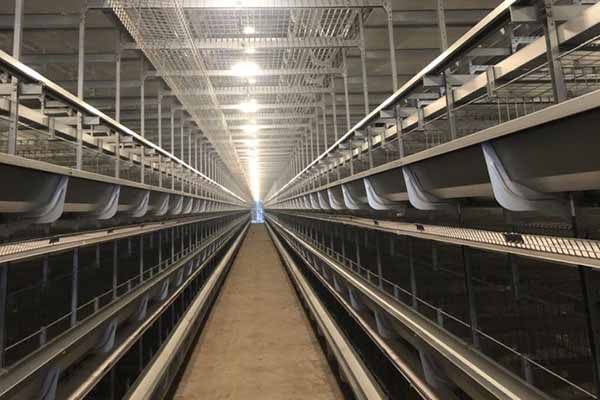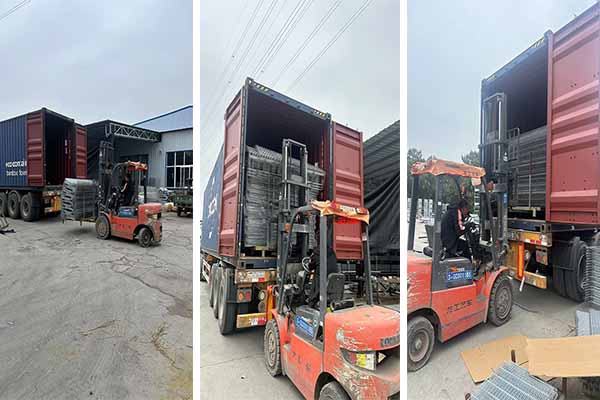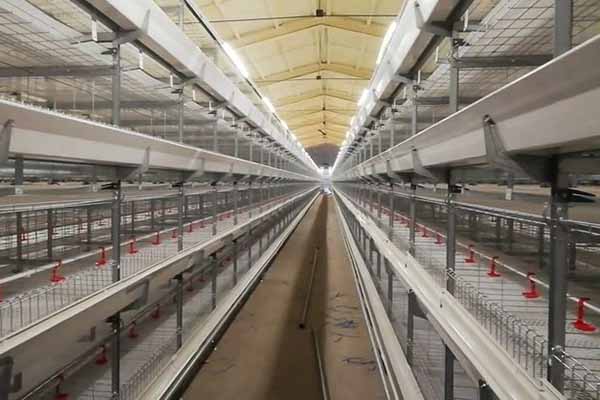Egg Layer Automation System for 200,000 Birds in Kenya: Revolutionizing Poultry Farming
As the poultry industry in Kenya continues to grow, the need for efficient and automated solutions has become more pronounced. One such solution is the implementation of an egg layer automation system designed for a capacity of 200,000 birds. This article explores the benefits and key features of such a system, providing valuable insights for poultry farm owners and investors.

Why an Egg Layer Automation System?
- Enhanced productivity and efficiency
- Reduced labor costs
- Improved egg quality and consistency
- Enhanced biosecurity and disease control
According to a recent report, the Kenyan poultry industry has a potential to reach 1.5 million metric tons by 2030, driven by increasing demand for eggs and meat. An egg layer automation system can play a crucial role in achieving this goal by ensuring optimal farm conditions and maximizing output.

Key Features of the 200,000 Bird Egg Layer Automation System
| Feature | Description |
|---|---|
| Automated feeding | Feeds birds at precise intervals, ensuring optimal nutrition and growth |
| Automated water supply | Ensures a constant and hygienic water supply for the birds |
| Automated egg collection | Collects eggs at regular intervals, minimizing the risk of spoilage |
| Environmental control | Monitors and adjusts temperature, humidity, and CO2 levels for optimal bird health |
| Health and biosecurity monitoring | Monitors bird health and biosecurity  protocols to prevent disease outbreaks protocols to prevent disease outbreaks |
With a capacity of 200,000 birds, this system is designed to handle large-scale poultry farming operations. It is equipped with state-of-the-art technology to ensure that birds are raised in a healthy, comfortable, and productive environment.
Benefits of Implementing an Egg Layer Automation System
- Increased revenue due to higher productivity and egg quality
- Reduced costs associated with labor, feed, and water
- Enhanced biosecurity measures that protect birds and prevent disease outbreaks
- Improved environmental conditions that contribute to better bird health and egg quality
By investing in an egg layer automation system, poultry farm owners and investors can expect a rapid return on investment, thanks to the system’s high efficiency and low maintenance requirements.
Conclusion
As the Kenyan poultry industry continues to expand, implementing an egg layer automation system for a capacity of 200,000 birds can be a game-changer for farm owners and investors. By optimizing productivity, minimizing costs, and ensuring bird health, this system can help achieve sustainable growth in the poultry sector.
For more information or a free poultry farm design and equipment quote, please leave a comment below or contact us directly.




